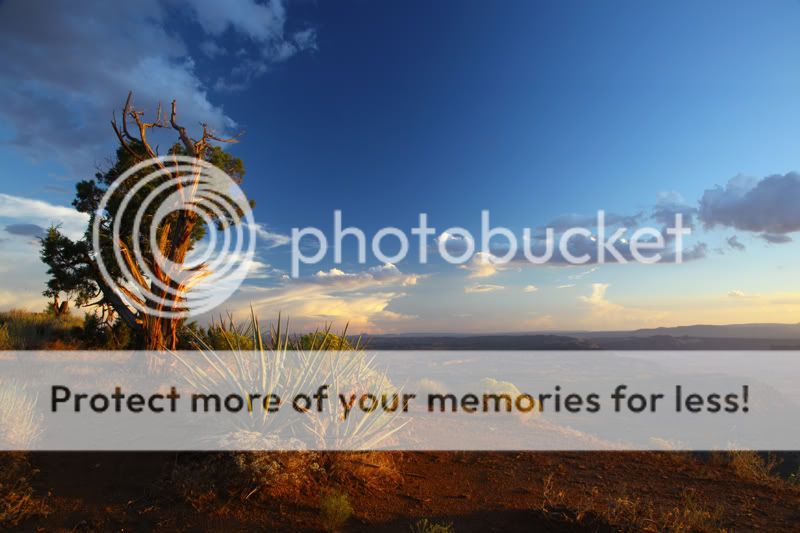So .... perhaps for the long exposure .... under what other conditions would you use such a small setting? I've actually never used such an extreme number, but think I'll play around a little..
Are there any negatives to this? - sharpness, etc?
r
I use f/22 often for maximum depth-of-field in landscapes. Such a small aperture renders everything in focus. A small aperture allows you to keep everything sharp in a shot with considerable depth. For example, foreground objects, which may be only a few feet away, can be kept crisp without losing any sharpness all the way to distant background details. For landscapes, the simplest way to think of it is that f/22 renders everything pretty sharp, not just the focus point.
There are definitely downsides to using such a small aperture, though. For one, even though everything in the shot will be
relatively sharp... larger apertures generally resolve detail better than smaller apertures. For example, f/8 through f/11 will usually render details more sharply than f/22. The difference isn't enormous, but it
is perceivable at 1:1 when you compare the same photo taken at different apertures.
So, using tiny apertures is something of a compromise, and should generally be used with this consideration. On one hand, when using a mid-range aperture like f/8 or f/11, the objects at the focus point will be slightly sharper than the same objects at the focus point using f/22. On the other hand, most every object in the frame will be rather sharp with f/22, whereas objects shot at f/8 or f/11 will show a noticeable loss of sharpness the further they are from the focus point.
It's not a bad idea, even when shooting landscapes, to try to use a larger aperture if possible... like f/14, f/16, f/18. These apertures still suffer from some loss of overall resolving power, but not as much as f/22.















